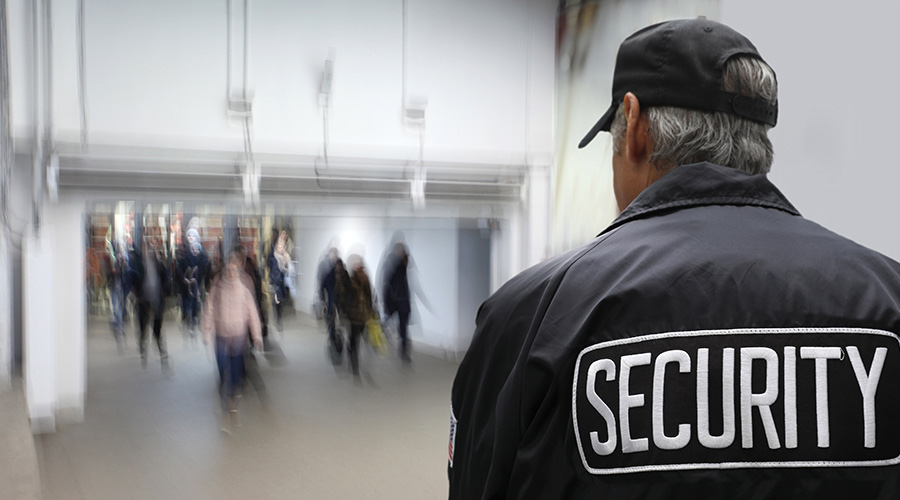Building Owner Needs To Take Lead Role In Prioritizing Security
David Duda, associate partner at Newcomb & Boyd, says that quite often security is driven by the owner. Architects often don't focus on security because they want their fee to be as low as possible. Most construction contractors only want to provide what the owner asks for in their building program — anything else could put them out of a competitive range.
Moreover, security isn't required by building codes, so the building owner must include security as part of the building program or it will be overlooked.
"If the owner doesn't ask for security, we don't get to the table until the owner starts asking design questions, like 'Why isn't security included in your design?'" says William Sako, senior vice president at Rolf Jensen and Associates. "The answer is 'because it wasn't part of your building requirements.'
"Security is not designed based on how the architect designs the building nor how the contractor builds the building," says Sako. "Its design is based on how the owner wants to operate the building."
To make security planning most effective, all stakeholders need to be involved as part of the process. Identifying accurately who those stakeholders are should be part of an owner's security assessment and risk analysis, say experts. Once building owners understand the potential threats and security needs for their organization, they can accurately begin planning to implement the needed security measures.
In the absence of an in-house security executive, Atlas says organizations should hire a consultant, just as they would hire an acoustics or LEED consultant. With building owner approval, the consultant can then speak to stakeholders to determine needs.
"All uses in a building have different security needs, different vulnerabilities, and different perceptions about what the proper level of security should be," says Sako. "We must talk with all of them to understand the culture of the owner, how they operate the building, what they do, what they are afraid of, and so on."
The lobby offers a good example why it's important to include security as part of architectural planning. Many building owners aren't aware of that; they underestimate the importance of queuing of people and the space required for technology. Magnetometers, card readers, turnstiles — these all take more space than facility managers traditionally budget for them, say experts.
Related Topics:














